Are There Any Discounts or Subsidies Available for Low-Income Households?
Managing utility bills can be challenging for many households, especially those with limited income. Fortunately, numerous programs and resources are available to help low-income families manage their electricity costs. In this article, we’ll explore the various discounts and subsidies that may be available for low-income households.
Understanding Utility Assistance Programs
Utility assistance programs are designed to help eligible low-income households afford their electricity and energy bills. These programs can vary by state, region, and utility provider, but they generally fall into a few key categories:
1. Discount Programs
Many utility companies offer discount programs that reduce the monthly bill for qualifying low-income customers. These discounts can vary widely, often providing a percentage off the total bill or a fixed dollar amount. Some common features include:
- Income-Based Discounts: Customers may need to provide proof of income to qualify for reduced rates.
- Tiered Discounts: Some programs offer higher discounts for customers with lower income levels.
2. Energy Assistance Programs
Government-funded programs can provide direct financial assistance to help pay energy bills. Some of the most well-known programs include:
- Low-Income Home Energy Assistance Program (LIHEAP): A federal program that provides funds to help low-income households pay for heating and cooling costs. Eligibility varies by state, and assistance may be available for both emergency and regular energy costs.
- State-Specific Programs: Many states have their own energy assistance programs that offer financial support to low-income residents. These programs often complement LIHEAP.
3. Weatherization Assistance Programs
Weatherization assistance programs aim to improve energy efficiency in low-income homes, reducing overall energy consumption and costs. Benefits often include:
- Home Inspections: Professional assessments to identify energy-saving opportunities.
- Free or Subsidized Upgrades: Installation of insulation, energy-efficient windows, and heating or cooling systems to help lower energy bills.
4. Renewable Energy Programs
Some utilities offer incentives for low-income households to access renewable energy sources, such as solar power. These programs can include:
- Subsidized Solar Installations: Financial assistance for installing solar panels, often accompanied by reduced electricity rates.
- Community Solar Programs: Options for low-income households to participate in solar energy generation without the need for individual installations.
How to Access Discounts and Subsidies
If you believe you may qualify for discounts or subsidies, here are steps to access these programs:
1. Contact Your Utility Provider
Reach out to your electricity provider to inquire about available discounts and assistance programs. Customer service representatives can provide specific details on eligibility requirements and application processes.
2. Visit Government Websites
Explore resources on government websites for local and federal assistance programs. The U.S. Department of Health and Human Services offers a helpful LIHEAP page, while state energy offices often provide information about state-specific programs.
3. Check with Nonprofit Organizations
Many nonprofit organizations provide resources and support for low-income households. These organizations may offer assistance with applications or provide information about available programs.
4. Apply for Programs
Once you’ve identified potential programs, follow the application process carefully. Be prepared to provide documentation, such as proof of income, household size, and current energy bills.
Conclusion
Low-income households facing challenges in managing utility bills have access to various discounts and subsidies designed to ease their financial burden. By exploring utility company programs, government assistance, and nonprofit resources, eligible families can find significant support to help reduce their electricity costs. If you or someone you know could benefit from these programs, take the time to research and apply—financial relief may be just a few steps away.
